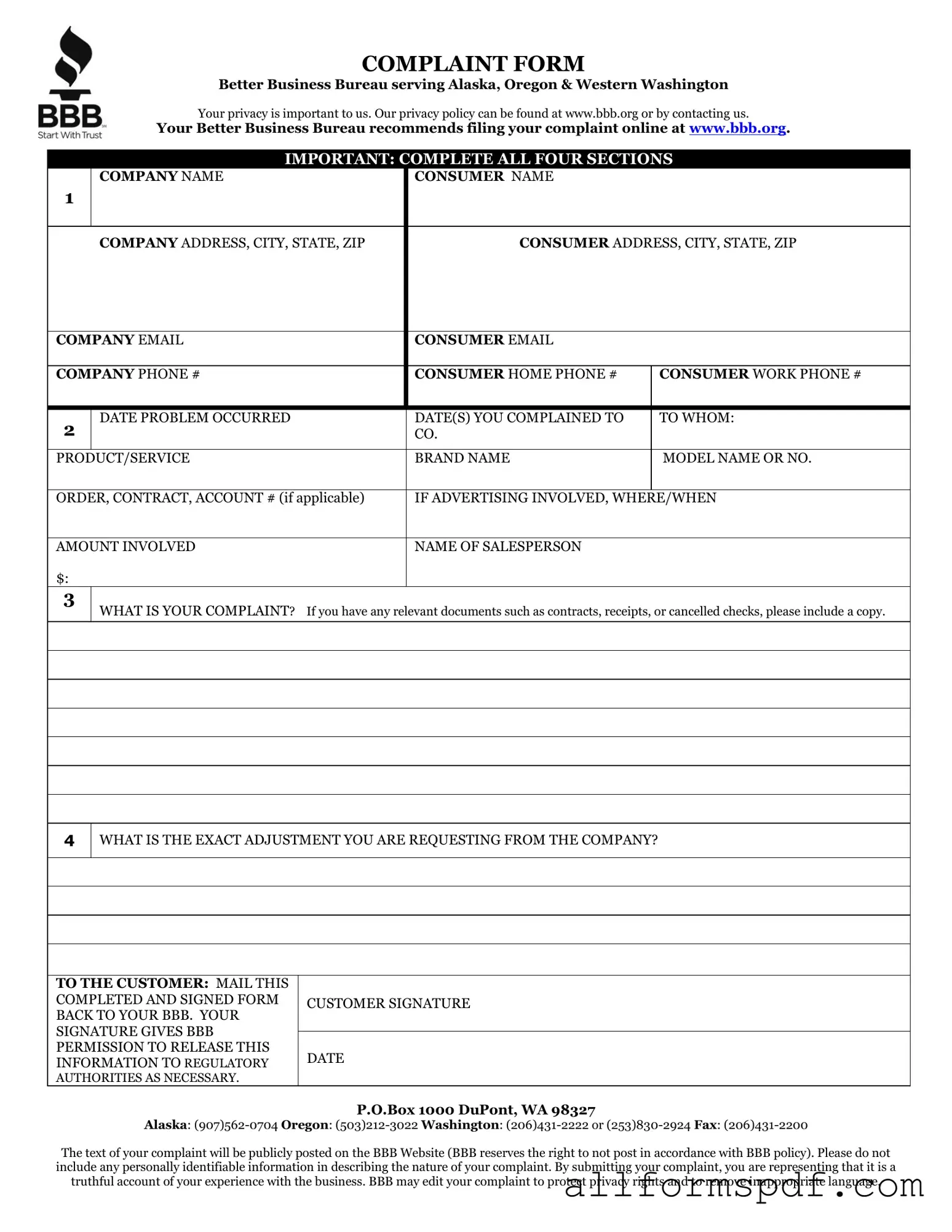When individuals decide to file a complaint with the Better Business Bureau (BBB), they often overlook key details that can hinder the effectiveness of their submission. One common mistake is providing insufficient information about the business involved. The BBB needs specific details, such as the business name, address, and nature of the complaint. Without this information, the BBB may struggle to process the complaint effectively.
Another frequent error is failing to clearly articulate the issue at hand. Complaints that lack clarity can lead to misunderstandings. It is essential to describe the problem in a straightforward manner. A well-structured complaint should outline what happened, when it occurred, and the desired resolution. Vague descriptions can result in delays or even dismissal of the complaint.
People also often neglect to include supporting documentation. Evidence such as receipts, emails, or photographs can significantly bolster a complaint. Without these documents, the BBB may find it challenging to validate the claims. Including this information strengthens the case and provides a clearer picture of the situation.
Another mistake is not following up on the complaint. After submitting the form, individuals should keep track of their complaint status. The BBB may require additional information or clarification. Failing to respond promptly can lead to the complaint being closed without resolution.
Finally, some individuals make the error of submitting multiple complaints about the same issue. This can create confusion and complicate the resolution process. Instead, it is more effective to consolidate the concerns into a single, comprehensive complaint. This approach helps the BBB address the issue more efficiently and increases the chances of a satisfactory outcome.
